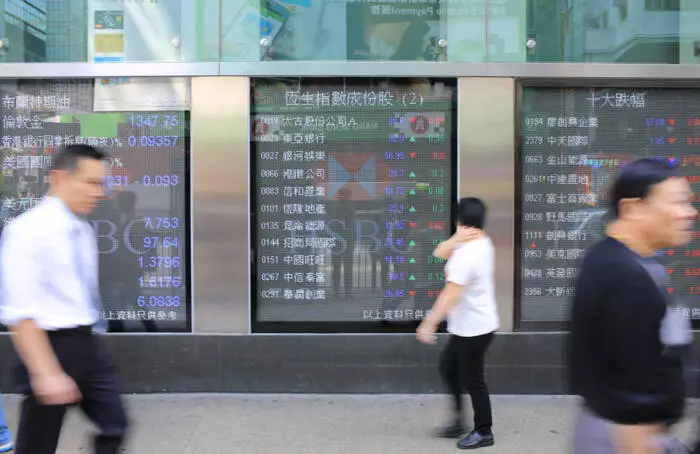Over the recent trading week, the Hang Seng Index has showcased an impressive rally, marking five consecutive weeks of gains. The index surged by 7.04%, its most substantial weekly increase since October. The momentum of this rise can be largely attributed to two key factors: growing anticipations regarding Federal Reserve interest rate cuts and the enthusiasm spurred by advancements in artificial intelligence technologies, particularly those promoted by DeepSeek. This strong performance resonates through the broader Asian market landscape, indicating a pivotal moment in investor sentiment.
The Hang Seng Technology Index, reflective of the broader tech sector, also exhibited robust growth, climbing 7.30% within the same timeline. Tech behemoths such as Alibaba Group, Tencent, and Baidu have led this charge. Alibaba alone saw a staggering increase of 24.10%, driven by heightened interest in its operations and growth prospects. Concurrently, Tencent and Baidu followed suit, gaining 10.55% and 11.94%, respectively. Such remarkable performances underscore the significant influence of major companies on overall index trends, highlighting a consolidating trend in investor confidence as positive news flows into the sector.
The upswing was not isolated to Hong Kong; Mainland China’s equity markets also responded positively. The CSI 300 and Shanghai Composite indexes rose by 1.19% and 1.30%. However, while these gains were notable, they remained tempered compared to the exuberance seen in the Hang Seng. This divergence reflects a less intense response to the U.S. Federal Reserve’s policy dynamics, wherein Chinese markets appear somewhat insulated from speculation surrounding American economic maneuvers.
Global industrial markets are also witnessing varied outcomes, particularly in commodity trading. As of February 14, the performance of commodities showcased a mixed bag. For instance, gold has achieved a remarkable milestone, extending its upward trajectory for the seventh consecutive week, closing at $2,883. This ascent included a momentary peak at $2,943, establishing a new record high before correcting slightly. The allure of gold remains undeniable, often acting as a haven in uncertain economic climates, particularly amid geopolitical tensions.
In contrast, iron ore prices faced a downturn, declining 3.14% to approximately $788.11. This drop is emblematic of lingering uncertainties regarding U.S.-China trade relations, regardless of temporary alleviations from tariff-related pressures. Furthermore, crude oil prices fell in response to rising U.S. inventories and simmering geopolitical tensions, particularly those related to the conflict in Ukraine.
In Australia, the ASX 200 index climbed 0.52%, achieving new record highs buoyed by sectors such as banking, technology, and gold. Notably, Northern Star Resources saw an impressive leap of 4.68%, with its trajectory closely tied to the soaring gold prices. Similarly, the Commonwealth Bank of Australia benefitted from better-than-expected profit reports, leading to a 1.70% increase.
The Japanese market displayed subtle optimism as the Nikkei Index closed 0.62% higher. This uptick was supported by a weaker Japanese Yen, which could play a pivotal role in enhancing overseas corporate earnings and overall market valuations. Despite expectations of a potential interest rate hike by the Bank of Japan in early 2025, the effect of strengthening domestic economic indicators has amplified investor enthusiasm.
As we delve into the upcoming trading week, several key factors will likely dictate market movements across Asia. Geopolitical uncertainties, particularly surrounding U.S. tariff positions, will remain in the spotlight. Any perceived de-escalation of tensions could enhance market confidence, while shifts in monetary policy from the Reserve Bank of Australia (RBA) may also wield influence over the ASX 200.
In Japan, economic data releases will be pivotal in shaping market expectations around possible changes in BoJ policy, impacting the Yen’s strength and aligning market focus on export-dependent sectors. To navigate this intricate web of economic dynamics, investors will need to maintain vigilance over global trends and potential shifts in sentiment arising from local and international developments. In this ever-evolving landscape, adaptability will remain a key attribute for market participants.

